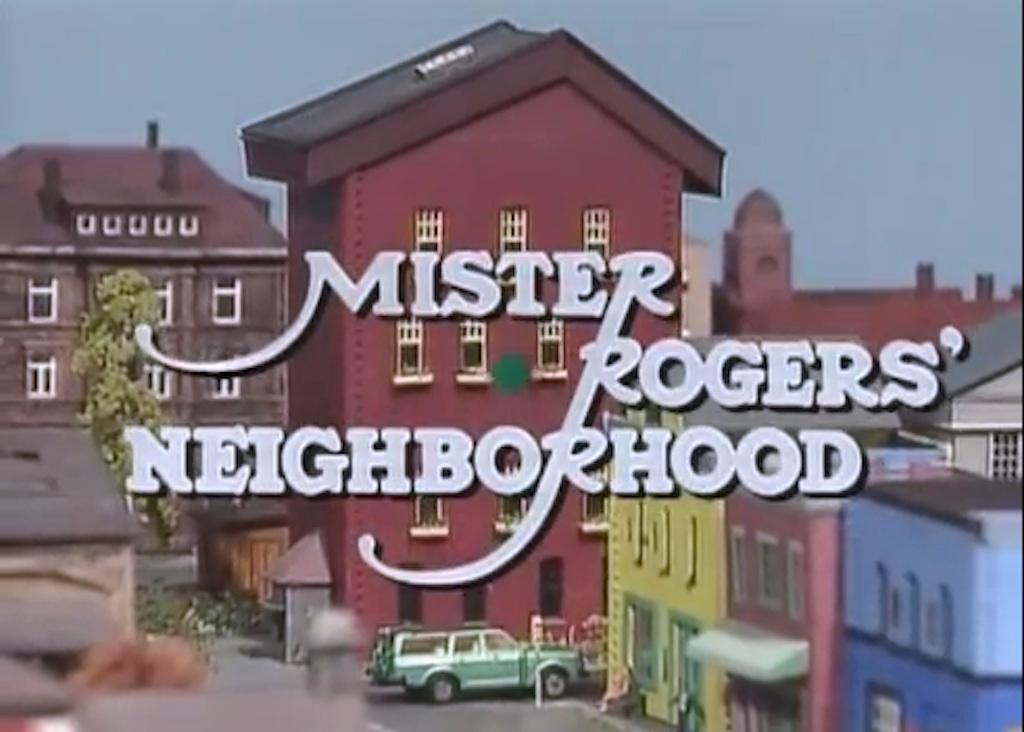How Mr. Rogers shaped what it means to grow up — and live in Pittsburgh
Mr. Rogers has been remixed and remastered.
It’s difficult to find a more admired man than Fred Rogers. On TV, he was kind, comforting, and guided kids through the countless struggles and decisions that make up childhood. But what about the man behind Mr. Rogers’ Neighborhood? What type of person was he?
Well, if you were looking for any salacious details or juicy gossip, sorry to disappoint.
Hedda Sharapan was there at the creation — and met Mr. Rogers before he was Mr. Rogers. She had just graduated from college, and was looking for a job at a local TV station before heading off to grad school.
She was told to talk to a guy named Fred Rogers, who, Sharapan points out, didn’t originally plan to go into children’s television.
“When Fred Rogers graduated from Rollins College with a degree in music composition, he was originally going into the ministry,” Sharapan says. “But he happened to see some children’s television, and he said there was a lot of pies in faces, and clown stuff, and he said that children deserve better.”
Rogers told Sharapan that to really do children’s TV right, she should get a degree in child development.
She did, and she eagerly joined his great experiment.
At the beginning, there was basically no staff, and she wasn’t making a penny. But there were signs very early on that Mr. Rogers’ Neighborhood would find a niche with American kids — and blaze a new trail for childrens’ shows.
Sharapan says “what made Mr. Rogers’ Neighborhood so different is the time Fred spent listening to children and trying to understand, what are they worried about? What are they thinking about? What helps them feel better?”
So he started every show by sitting down with his audience, taking off his work clothes and shoes, and putting on a sweater that his mother had knitted him.
Though he wasn’t always successful in actually getting that sweater on. Sharapan remembers that, “in one of the early programs, like 1970, Fred came into his television house and sang the opening song, and started putting on his sweater as he was singing, and he actually buttoned his sweater wrong. And he looked down and said ‘did you ever do anything like that. I thought I got it just right.’ That’s a wonderful moment of understanding what was different about Mr. Rogers’ Neighborhood. What Fred wanted to do was to give children really important life lessons, messages about the world.”
The folksiness, the slowness and the intricate Land of Make Believe marked a different sort of children’s TV show.
And it turned Fred Rogers into an icon.
His company lives on — and you can see his legacy elsewhere, as well. Like in the Children’s Museum of Pittsburgh. Today, the museum houses some artifacts — like King Friday (who was actually named King Friday to help children get over their fears of Friday the 13th) and Queen Sarah and, of course, the sweaters.
But those artifacts are off to the side in the museum, out of the way to create room for new museum projects like a Maker Space — where kids can use cloth and wood, circuits and LED lights to build whatever they want.
Bill Schlageter, the director of marketing at the Children’s Museum, thinks Fred Rogers would be proud to see Pittsburgh vaulting kids into the future.
“Since the demise of the steel industry, it has become very important for something to emerge from the ashes, it was devastating. I arrived in Pittsburgh in 1988, and still then Pittsburgh was reeling. I think the spirit of the city, the know-how, the sticktoitiveness, the we-can-do-it attitude, is part of the DNA. Some people like to pigeonhole it as manufacturing, I think of it more as a spirit. And from that spirit an amazing renaissance in this city has a occurred, in a direction nobody saw coming.”
And, well, that’s a neighborhood that Mr. Rogers could be proud of.
This story first aired as an interview on PRI’s Innovation Hub. Subscribe to the Innovation Hub podcast.
